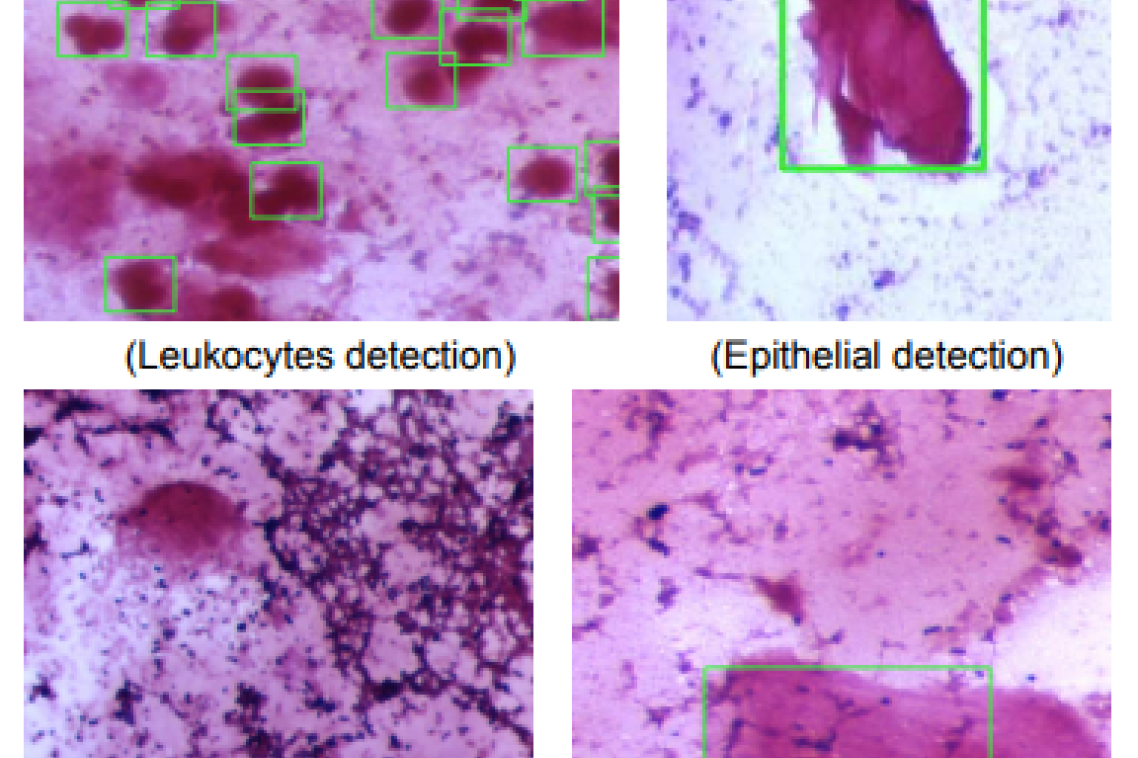New technology speeds up pathology workflows

Rapid precision-scanning technology to speed up medical diagnoses and help address Australia’s shortage of trained pathologists is being developed at the University of Queensland.
The University’s Digital Pathology team is working to replace glass pathology slides with digital slides for faster analysis, distribution and storage.
Researcher Dr Arnold Wiliem said almost 70 per cent of GP diagnoses were based on pathology tests, and the changes could revolutionise Australian laboratories.
“The pace that Australia can train pathologists is much slower than the nation’s reliance and increased usage of the limited pathology services,” he said.
“We want to increase capacity without extending work times.”
The project could also have applications in immunology, histopathology and microbiology.
A fully automated scanning system for immunology tests has already been deployed and is in use in a pathology laboratory.
The researchers are also working on new data management processes and delivery technologies to allow the digitised slides to be stored indefinitely, creating a potential data bank for further research and education.
The team — led by UQ’s Professor Brian Lovell and Dr Wiliem, and Sullivan Nicolaides Pathology’s Peter Hobson and Anthony Jennings — uses computer vision, machine-learning and pattern recognition methods to create scanning and image-based Computer Aided Diagnostic systems.
The group is using UQ’s newest high-performance computer, Wiener, for its work, with the support of UQ’s Research Computing Centre.
“The computer is fitted with the world’s most powerful graphics processing units (GPUs), allowing us to train multiple machine-learning models using large data sets,” said Dr Wiliem.
“We have found Wiener allows us to perform the training five to eight times faster than our smaller, legacy GPUs,” he said.
“This enables us to test several ideas at the same time.”
The researchers create computer image data sets from different pathology areas and publish them after de-identifying patient data.
A startup, Viscient Pty Ltd, will continue the roll-out process and provide ongoing support of technologies developed from the project.
Media: UQ Researcher, Professor Brian Lovell, lovell@itee.uq.edu.au, 0411 094 380; UQ Researcher, Dr Arnold Wiliem, a.wiliem@uq.edu.au, +61 7 3365 1643; UQ Communications, Paige Ashby, p.ashby@uq.edu.au, 0430 511 615.
Topics
Related articles

Should you consent to your doctor using an AI scribe? Here’s what you should know.

Thousands of Queensland reef photos lead to worldwide change
Media contact
UQ Communications
communications@uq.edu.au
+61 429 056 139
